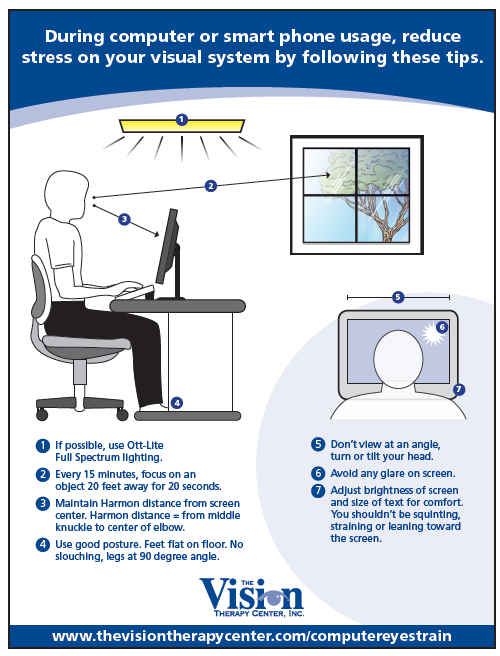
A story recently broke in Time.com that The Lancet journal reported that up to 90% of young adults in major Eastern countries, which include China, Taiwan, Singapore and South Korea are myopic. The main culprits are believed to be an overload of near work and a lack of sunlight, which poses the big question: Are US children far behind?
The high incidence of myopia is particularly unsettling when compared with rates in the UK, which are about 20% to 30%.
Brian Fung of The Atlantic was blown away by these numbers, so he consulted with Daniel Twelker, a research professor in ophthalmology at the University of Arizona to see if the data might be flawed. Twelker said the numbers were accurate, citing a number of international studies.
“I’ve seen plenty of studies that show a prevalence of two-thirds of Asian school children, 70 percent, even up to three quarters,” said Twelker.
Fung notes that researchers have noticed a link between myopia prevalence and nations that place a high emphasis on academic achievement. School attendance, urban living and intelligence scores are all associated with nearsightedness.
An even more unsettling development is that reading indoors without the proper amount of light raises the risk of myopia. Researchers aren’t certain why, but a possible link could be made to a deficiency in Vitamin D.
Notice any similar behaviors between those Asian kids and your own?
Uh huh. Me too. While I wish my kids were spending more time reading books, there is no doubt that today’s youth spends more time indoors, doing near work on a small computer screen or smart phone.
What can we do to prevent the Asia high incidence of myopia from spreading to the USA? It really might not be all that difficult:
- Get outside. Not only will time spent in the sunlight allow you to soak up more Vitamin D, but your eyes will focus on objects farther away. This reduces the strain of non-stop near work.
- Follow good visual skills practices when at the computer. This includes stopping every 15 minutes and looking 20 feet away for 20 seconds. If you can’t do that, at least take frequent breaks so your eyes can refocus.
- Use good lighting and good posture. Working in dim light or slumping in your seat only adds further strain to your eyes.
For more details on how to prevent similar trends in myopia from occurring here, download our tips on preventing computer vision syndrome.
 For a free poster detailing how to avoid computer eye strain (Computer Vision Syndrome), click here!
For a free poster detailing how to avoid computer eye strain (Computer Vision Syndrome), click here!
